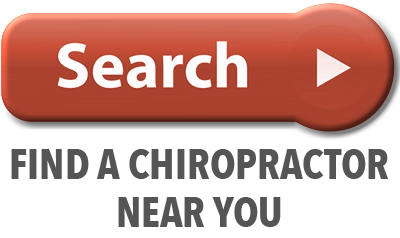 Remember back when if you were of a certain faith, fish was on the menu every Friday? Grandpa retired at 70 – it was mandatory in many businesses – and unless Grandma was a teacher or a nurse, she was probably home to greet him.
Remember back when if you were of a certain faith, fish was on the menu every Friday? Grandpa retired at 70 – it was mandatory in many businesses – and unless Grandma was a teacher or a nurse, she was probably home to greet him.
More recently, we automatically headed to college after high school graduation – amassing a mountain of student loan debt – because that was the only way to live the American dream. If your goal is to become a licensed chiropractor, for instance, you’re going to put about seven years into higher education, and even more if you add post-doctoral studies in a specialized field. College is still an excellent idea, but as start-ups have proven, we have alternatives these days.
If you look at health care today, you’ll find industry professionals discovering (and patients pushing for) options to complement the way we’ve always done things.
Change is never easy, but it is hard to ignore the need when, according to the CDC, one in four people who receive prescription opioids for long-term pain control are struggling with addiction. As the 2017 Gallup-Palmer College of Chiropractic College annual report discovered, 81 percent of adults in the United States believe drug-free chiropractic care is a preferable option in relieving back and neck pain.
Even with the many benefits today’s chiropractors offer, the report found that only 18 percent of the population visited a chiropractor in the previous year. We need to spread the word!
• According to the Gallup-Palmer College of Chiropractic annual report, many of the same Americans who recognize the value of chiropractic care say they don’t know enough about chiropractors and the philosophy behind chiropractic care to seek treatment. Through organizations such as ChiroHealthUSA and patients who’ve experienced the benefits of chiropractic care, we can educate the public about this alternative answer to chronic pain.
• Studies of on-site corporate health clinics show great strides in patient satisfaction, decreasing absenteeism and presenteeism, and lower costs when chiropractors are on the team with medical doctors. Americans feel the same way about a united approach according to the Gallup-Palmer College of Chiropractic annual report. Sixty-eight percent of adults who have not seen a chiropractor within the past 12 months say they would probably seek out chiropractic care if their chiropractor and primary care provider worked together on their treatment plan.
• Perhaps one of the most promising developments in recent years is a new respect for chiropractors from their peers in health care. Most insurance plans now offer coverage of chiropractic care. The American Medical Association recognized spinal manipulative therapy as a first-line option in treating back pain, and a new generation is growing up thinking of chiropractic care as a piece of their healthcare puzzle.
The bottom line is: we have alternatives today, and it’s time that we make the most of them.









 Why is the Discount Challenge prize amount $11,181? Because that is the average “per-occurrence” fine for Medicare inducements. That’s not $11,181 per patient, that’s not per provider, that’s PER VISIT. Stinks, doesn’t it? To us, the prize amount is worth the investment if we can help our profession better understand proper discounting.
Why is the Discount Challenge prize amount $11,181? Because that is the average “per-occurrence” fine for Medicare inducements. That’s not $11,181 per patient, that’s not per provider, that’s PER VISIT. Stinks, doesn’t it? To us, the prize amount is worth the investment if we can help our profession better understand proper discounting.